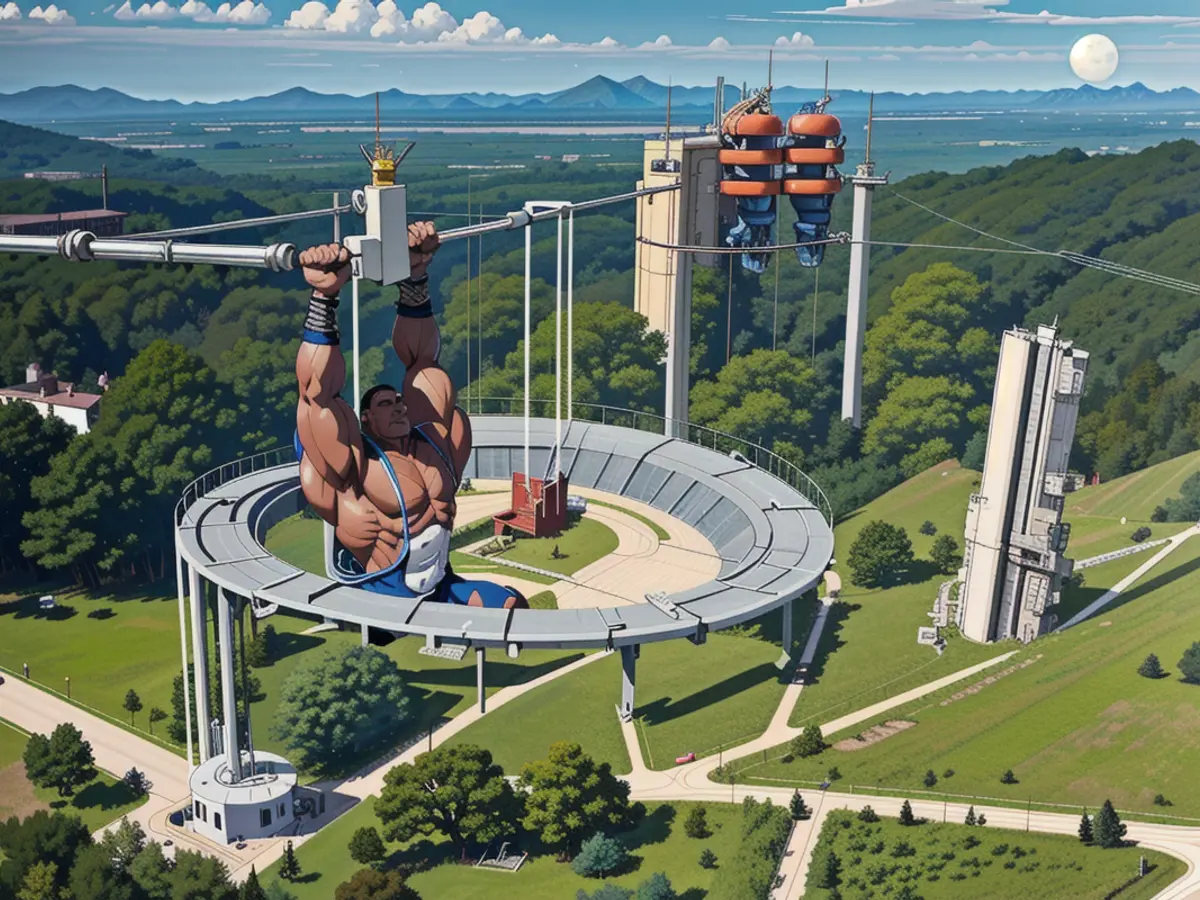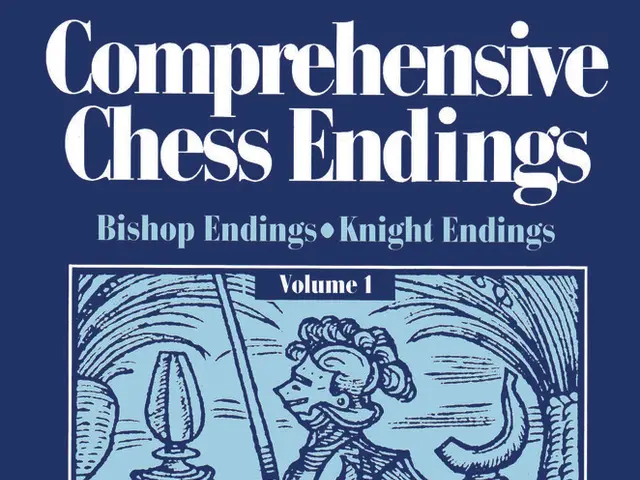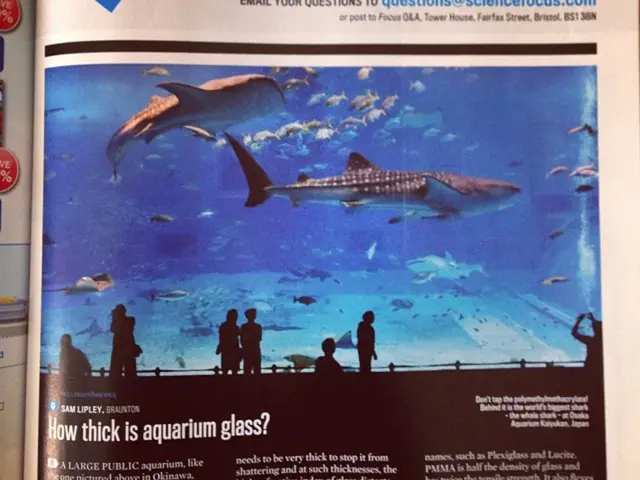Stunning Disclosure Uncovers Reasons Behind Arecibo Telescope's Demise
The well-known Arecibo Observatory in Puerto Rico crumbled under the influence of decayed zinc in its cable socket links and the damage inflicted by Hurricane Maria, as per a study published by the National Academies of Sciences, Engineering, and Medicine.
The colossal radio telescope's demise in December 2020 marked the termination of a fruitful era of radio astronomy data collection. According to the recent study, the main reason behind the telescope's downfall was "unparalleled and expedited long-term zinc creep-induced failure." This failure occurred in the telescope's cable sockets—essential components for holding the telescope's 900-ton platform above the radio dish.
The cables started to malfunction prior to the collapse. The NSF opted to demolish the dish before it collapsed, but the compromised infrastructure took the lead. The Academies' Committee on Analyzing the Causes of Failure and Collapse of the 305-Meter Telescope at the Arecibo Observatory released the fittingly named report. The committee analyzed research and investigations conducted and performed by the University of Central Florida and the National Science Foundation (NSF). You can access the report online here.
The telescope's collapse in 2020 was both dramatic and rapid. The cables supporting the telescope's platform snapped, causing it to plummet through the radio dish. The catastrophic fall only lasted around 10 seconds, thereby ending the esteemed observatory's 57-year tenure in northern Puerto Rico. The observatory identified new exoplanets, produced maps of other worlds, observed fast radio bursts, and contributed to humanity's quest for life beyond Earth.
"The absence of documented concern from the contracted engineers about the insignificance of cable pullouts or the safety factors between Hurricane Maria in 2017 and the collapse is concerning."
However, the study found that the collapse began well before the fateful day in December 2020. The committee concluded that the "failure sequence" lasted for 39 months and commenced with the effects of Hurricane Maria in September 2017. Inspections conducted following the storm uncovered evidence of cable slippage, as per the report, but it was not further investigated or addressed. "The absence of documented concern from the contracted engineers about the insignificance of cable pullouts or the safety factors between Hurricane Maria in 2017 and the collapse is concerning," the committee wrote.
But that's not all. As the committee highlighted, "in over a century of successful use prior to the Arecibo Telescope's collapse, all the forensic investigations agreed that such a spelter socket failure had never been reported." The report continued: "The only hypothesis the committee could devise that provides a plausible but unproven explanation ... is that the socket zinc creep was unexpectedly accelerated in the Arecibo Telescope’s uniquely potent electromagnetic radiation environment." In other words, the sockets' function in maintaining such a powerful radio transmitter may have inadvertently contributed to the 2020 disaster.
In October 2022, the National Science Foundation declared plans to transform the site into an STEM-focused education center, with an anticipated opening in 2023. However, in June 2023, the observatory revised its succession plans. In September 2023, NSF announced their partner institutions to manage the transition of the observatory site into an education center. Although the site may no longer gather radio data, it will—in some form—continue its legacy as a center of astronomical discovery.
The National Science Foundation envisions transforming the Arecibo Observatory site into an STEM-focused education center by 2023. Despite the telescope's collapse, the observatory's future in astronomy education seems promising with the announced partnership of several institutions.
The catastrophic fall of the Arecibo Observatory in 2020 opened up opportunities for the advancement of space science and technology, as researchers now investigate the unique electromagnetic radiation environment that might have accelerated the socket zinc creep, leading to the collapse.








